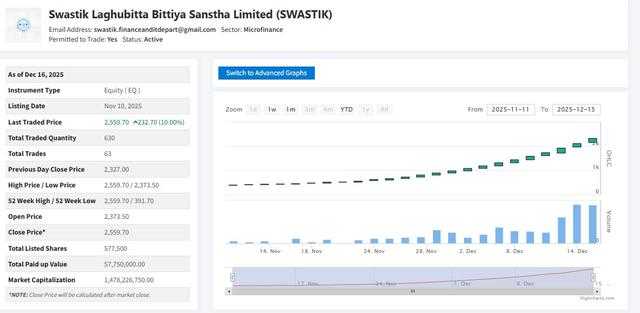Traditional Banking vs. E-Banking: Advantages and Disadvantages
Author
Dipesh Ghimire

Both traditional banking and e-banking have their own advantages and disadvantages in financial services. Consumers can choose one or both based on their needs.
Traditional Banking:
In traditional banking, customers visit a bank to open an account, deposit money, and avail savings facilities. They can withdraw money using checks, counter payments, and bank drafts, and can meet directly with the bank manager to resolve any issues.
Advantages:
Customers can visit the bank for direct services.
Various security measures, such as CCTV cameras and security personnel, ensure the safety of savings.
Easier access to loans with collateral.
Disadvantages:
Risk of theft and robbery.
Limited service hours due to fixed banking hours (from 10 am to 5 pm).
Higher consumption of time and resources due to direct banking processes.
E-Banking:
E-banking, or internet banking, is a modern banking system that provides financial services through the internet. It makes it easier to access account information, pay bills, and conduct other financial transactions from home.
Advantages:
Saves time and resources, allowing consumers to access services from home without visiting the bank.
Fast, convenient, and environmentally friendly.
Financial transactions are quick, easy, and can be done anywhere with an internet connection.
Disadvantages:
Risk of hacking, allowing unauthorized access to accounts.
Technical issues such as password theft, hacking attempts, etc.
Conclusion:
Both traditional banking and e-banking have their unique features. While traditional banking offers the benefit of direct services, e-banking provides convenience and speed. However, both have their risks, and consumers should choose based on their specific needs and considerations.



